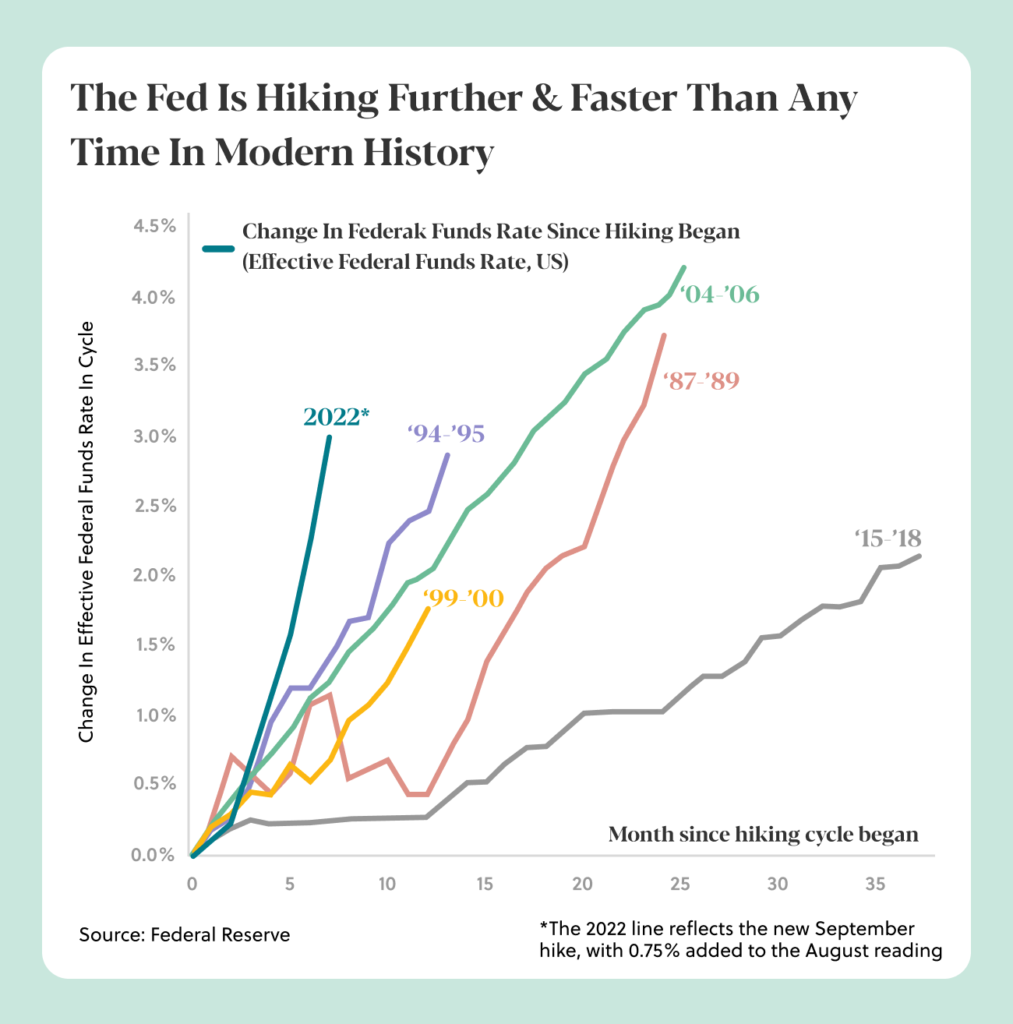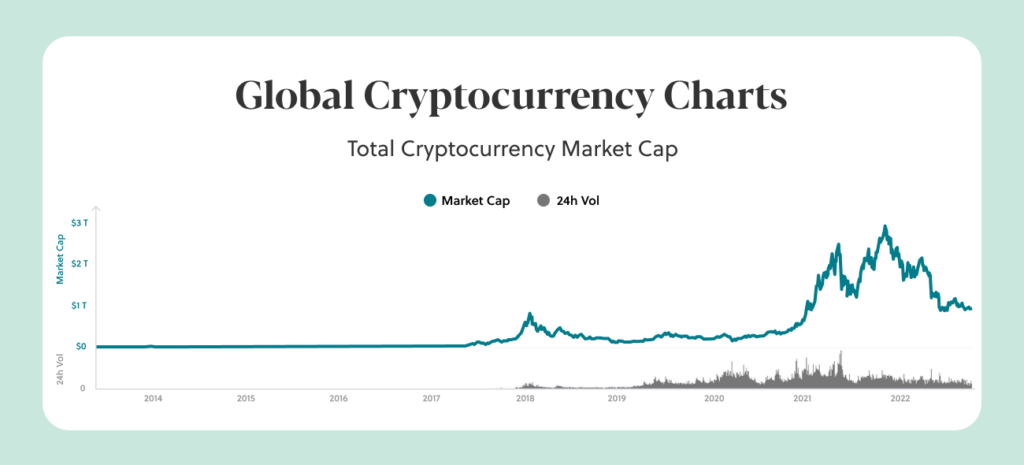Last Week’s Highlights…
The Math ain’t Mathin’
With inflation at 40-year highs in the US and the economy in a doozy, purchase-hungry consumers are still somehow buying $10K purses. Luxury brands Hermes (HESAY) and Gucci-owner Kering (KERING) reported a 24% and 23% jump in quarterly sales compared to last year. On the other hand, more affordable retailers like Target and Walmart have lowered their prospective sales gains as middle-class consumers cut back on their spending. The takeaway? Brands catering to big spenders are rollin’ in the Gs.
No Legs to Stand on, Literally
It’s been rough for the Zuck since spending $15B on metaverse, with nothing to show but bleeding dollar-dollar bills for years to come. You see, Horizon Worlds has lost 100,000 users in eight months, totalling 200,000 users as of October. To make matters worse, player avatars still don’t have legs. Meta dropped a leg teaser last week but turns out they were fake CGI legs. For the first time, Meta is cutting staff as growth slows, and its shares have gone down about 60% this year. Maybe, it’s worth not ignoring leg day at the gym anymore? Jokes aside, Meta isn’t the only techie analysts are dissatisfied with. Shares of Google, Amazon, and Microsoft have also taken a dive this year. Some investors believe that the tech platforms’ future is actually bright, based on their recent domination in the ad space (Netflix recently made its first gain this year). Will things begin to recover after this week’s earnings report? I guess we’ll have to wait and see.
Tesla vs China
Tesla is slashing prices by 9% in China after a year of price hikes in the auto industry. This, paired with Biden’s new discount on EV purchases with batteries strictly made in the US, means Biden is moving to cut the industry’s reliance on China. For Tesla, this presents an opportunity to ramp up buyer demand which disappointed Wall Street’s delivery expectations. It’s all coming down to a price war, with this being Tesla’s first price cut in 2022. The price cut comes after Musk stated that Tesla will probably miss its delivery target for the quarter when the CEO claimed demand was still strong last week. Whoopsie-daisy. Tesla’s stock price has fallen by around 37% in 2022 through last Wednesday, eclipsing the roughly 32% decline in the tech-heavy Nasdaq Composite. Elon’s Twitter drama also hasn’t helped investor sentiment – I guess it’s been a tough year for the big players in tech.
The Big Story: Is Crypto Recession-Resilient?
We know – you’re probably tired of hearing the word recession. The topic has managed to weasel itself onto our screens for most of 2022, and it’s looking more likely that it could weasel its way into 2023. Well, you should know there is something particular about this potential recession we think is worth exploring. Interested to know more? Let’s dive👇
- According to analysts, contrary to the 2000 dot-com bubble and the Great Financial Crisis of 2008, this potential recession would mainly be driven by inflation rather than credit. Inflation-led recessions historically tend to have a relatively weaker hit on corporate activities and earnings: the 73’-74’ and 82’-83’ recessions resulted in the S&P 500 profits dropping 14% and 15%, respectively, compared to a drop of 32% during the tech bubble and 57% during the 08’ crisis.

- Interest rates this year have been hiked the fastest in history, with three 0.75% hikes in the US and a fourth poised before the end of 2022. As global central banks follow suit, tipping the economic balance has become a likely outcome.
- Throughout history, there hasn’t yet been a recession in a time of extremely high employment rates. Currently, there are twice as many positions as people searching for them. For that reason, many have maintained scepticism regarding the possibility of a recession, as this would be somewhat unprecedented.
- Compared to past recessions, one asset class seems to be winning the popularity contest: cryptocurrency. With both stocks and bonds posting negative returns due to high inflation and rising rates, investors are searching for alternative avenues to park their funds, and a decentralised asset is looking attractive. While digital assets have grown significantly over the past years, they have never weathered a proper recession. The first Bitcoin was developed during the 2008 financial crisis and has grown amidst the longest bull market in history. Given the volatile nature of these digital assets, assuming how they’d behave in a potential recession might be as precise as a shot in the dark. That’s why we’ll be looking at how cryptocurrencies have behaved in periods of economic uncertainty and high volatility.

The crypto report card
Let’s zoom in on 2015 when US market growth was plateauing, and the S&P posted its first negative 12-month return since the 2008 crisis. During that period, crypto witnessed its first significant decline in market cap, posting record price drops.
The second instance worth studying occurred during 2018-2019, when the crypto market plunged from $750 billion to around $100 billion in value, representing an 85% slip in market size. This drop was mainly led by Bitcoin, whose value decreased from $20,000 to $3,000.
The third instance is the most recent, starring none other than Covid-19. Crypto had been on a high, posting record figures for performance and quantity of released coins. As talks of a recession began, the crypto market did not spare its participants from an inevitable price downfall.
So looking at things holistically, crypto has had a tendency to follow drops in financial markets during times of heightened uncertainty so far. This begs the question: should we invest in cryptocurrencies during recessions?
Well, generally, these assets posted strong returns when the tide eventually turned. Given their famous risk-return tradeoff, investors who bought into crypto during previous volatile times made incredible returns. Whether this remains true is never guaranteed.
Another aspect worth noting is that not all cryptocurrency is similar. Some are considered “hype coins,” whose value is mainly derived from mass inflow/outflow from a community of investors. In contrast, others have actual projects behind them, serving to solve, improve, or optimise essential aspects of our lives. When thinking about your stock portfolio, wanting to identify recession-resilient companies whose performances are not sensitive to inherent economic conditions makes sense, and approaching crypto similarly would also make sense. Bear in mind, however, that given the volatile nature of crypto, investing in them during turbulent times might expose you to abrupt movements.
Contributors to this newsletter include Mark Moudabber and Alex Ghanem. Fully Invested Newsletter is for informational purposes only and is not a recommendation of an investment strategy or to buy or sell any security or digital asset (cryptocurrency, etc) in any account. This newsletter should not be considered as the equivalent of any research reports and is not intended to serve as the basis for any investment decision. Any third-party information provided therein does not reflect the views of Sarwa Digital Wealth Limited or Sarwa Digital Wealth (Capital) Limited or any of their subsidiaries or affiliates. All investing involves risk including the loss of capital, and past performance does not guarantee future results.
